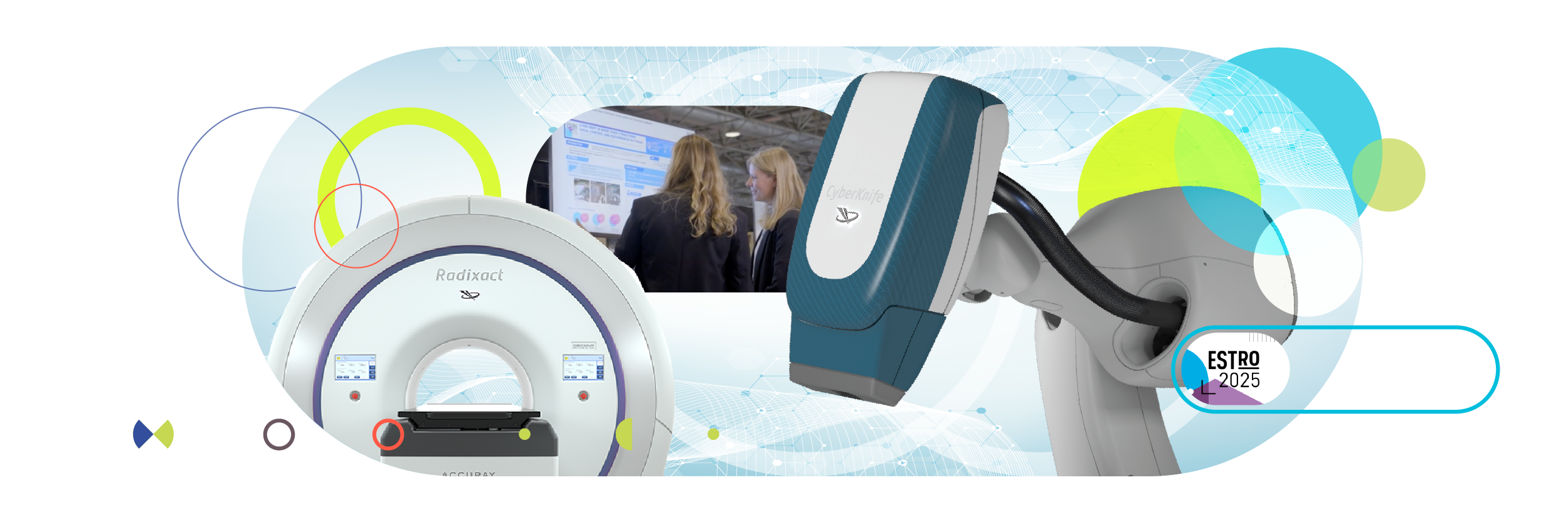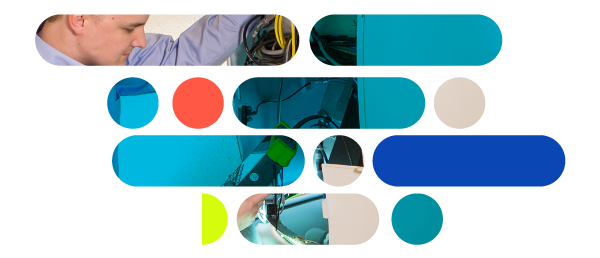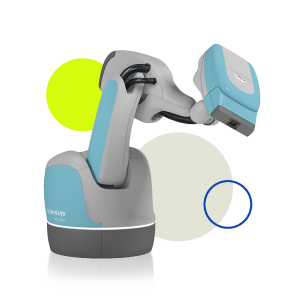Among the well-reported disparities in access to cancer treatment across Africa, the radiotherapy care gaps are perhaps most evident. GLOBOCAN data estimated that current radiotherapy capacity meets only 30 percent of the need across Africa.1
Ghana is recognized as a leader in improving the availability of radiotherapy — both within the country and across the continent. Despite this, persistent gaps in access to radiotherapy within Ghana signal much work left to be done: Research from 2020 estimated that just 23 percent of patients requiring external beam radiotherapy actually receive that critical treatment.2
We had a conversation with Rev. Dr. Kofi Adesi Kyei, (Chief Radiation Therapist at the Korle-Bu Teaching Hospital) who heads the Department of Radiography and Radiation Therapy at the University of Ghana, about the multifactorial nature of the barriers to radiotherapy in Ghana. Dr. Kyei shared how he and his peers are pushing a three-pronged effort — among the public, within government health agencies, and within the broader clinical oncology community across Africa — to raise awareness of the importance of radiotherapy as part of holistic cancer care.
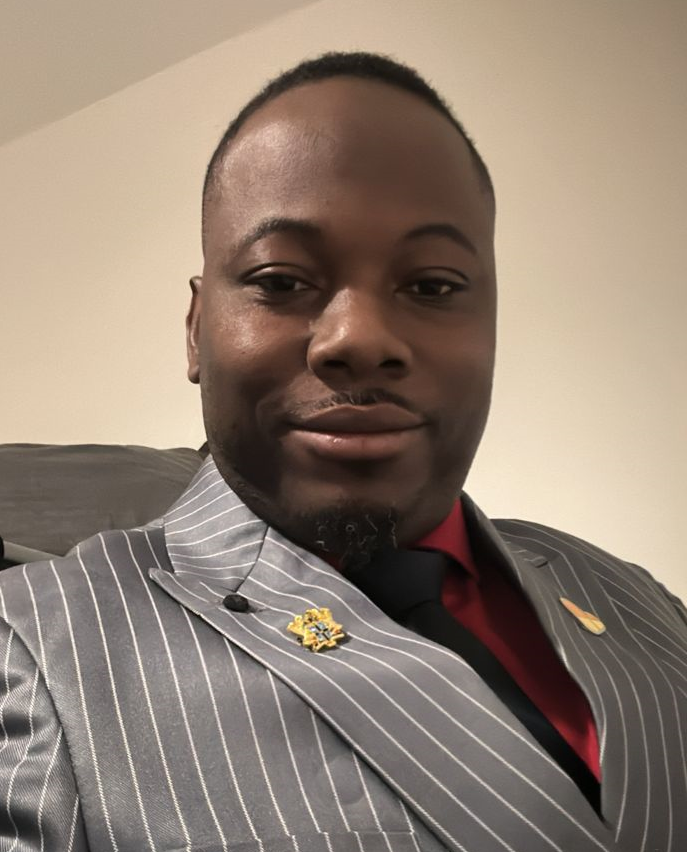
Limited radiotherapy equipment creates geographic barriers and long wait times
A 2021 whitepaper found that the average density of radiotherapy units in high-resource countries is 7.24 per million people.3 In contrast, Ghana had an estimated population of 31.1 million in 2022 with only 5 external beam radiotherapy treatment machines (EBRT), that equates to 1 per 6.22 million (0.17 EBRT units per million population).4 Moreover, these radiotherapy units are located at only three centers — two public and one private. Three machines in the Greater Accra region, where Dr. Kyei practices, serve a population of 12 to 14 million, while the single linac and one cobalt in the Ashanti region of Ghana covers roughly the same population — in addition to a large number of non-Ghanaians coming across the border to receive radiotherapy treatments.
This makes geography one of the biggest barriers to accessing radiotherapy, creating significant care gaps even within Ghana. In the 2021 study, 30 percent of eligible patients in the Greater Accra region received radiotherapy treatment, compared to just 1 percent of eligible patients in the country’s more rural northern region.5
Dr. Kyei said that this also puts a heavy burden on Ghana’s three radiotherapy centers. “The number of patients is shooting up,” he said, noting that the cancer incidence globally is predicted to double by 2040.5 “Currently, we treat about 100 patients a day at each of the public centers,” he said. “Our clinics are always busy; the whole place is packed with patients.”
“The high demand in the public treatment centers means patients typically wait three weeks — and as much as six weeks — to receive treatment. Wait times are much shorter at the private treatment center — generally just a few days — but most patients cannot afford the cost of care at the private center,” says Dr Kyei.
Dr. Kyei says Ghana is working on obtaining additional radiotherapy units. “If we get equipment, that would be a very huge burden lifted for us,” he says. But Ghana is also exploring innovative treatment modalities, like hypofractionation and hyper-fractionation, to increase the volume of patients that the public centers can treat. “We are trying to enroll more patients into hypofractionation treatments, because we want to be able to treat more patients, as quickly as possible,” Dr. Kyei explains.
Changing cultural perceptions of cancer: Key to addressing late presentation burden
Dr Kyei reports that “breast cancer is the most common indication treated at the public treatment centers in Ghana, followed by pelvic cancers (cervical and prostate), and head and neck cancers.”
One common challenge across all indications is that most patients arrive for treatment at later stages of disease. “Late presentation is quite a huge burden for us,” says Dr. Kyei. “We need to do more to raise awareness in the population.” Adding to this challenge, these patient-awareness campaigns are largely dependent on the same clinicians who are already stretched thin trying to meet demand for treatment.
Dr. Kyei highlights three main barriers that prevent patients from coming in earlier for treatment. Long distance travel and cost are the two well-known challenges with clearer (albeit difficult to achieve) solutions. But the third barrier — cultural perceptions of cancer and superstitions around medical treatment — is a much more nuanced issue to tackle.
“Patients often start with alternative cures or treatments before they come to us,” says Dr. Kyei. Some are afraid to visit a hospital for a screening. “They would prefer any other place than coming to the hospital,” he says. Other patients directly challenge their cancer diagnosis. “Some will not even want to hear the word cancer — they say, ‘No, don’t say that I have cancer,’” Dr. Kyei explains.
Nevertheless, Dr. Kyei notes that it wasn’t that long ago that similar attitudes prevailed in more developed countries. He advocates a more empathetic, education-based approach: “You need to meet them where they’re at,” he says. “When we get them in and show them numbers and educate them on outcomes, we help change those perceptions.”
Yet, here again, the limited time of Ghana’s clinical oncology community presents challenges. “You need time to talk to patients — to explain things to them,” Dr. Kyei says. “And we are few, so we have to work within the capacity we have.”
Despite government assistance, cost remains a huge barrier
The Ghanaian government has taken significant steps to address the cost barriers to healthcare, including government assistance programs tailored for cancer treatment. “The government is trying to help,” says Dr. Kyei, “But to be frank, they don’t fund some of the things we need.”
Some kinds of cancer care, such as breast cancer surgeries, are fully covered by government assistance. But radiotherapy is not covered, nor are radiological and pathological services that cancer patients typically require. “All the imaging and exams — patients have to pay out of pocket,” explains Dr. Kyei. “It’s a much lower cost than the private center. But in the eyes of a Ghanaian, it’s still a big barrier.”
The two treatment centers run by the University of Ghana have developed some creative approaches to easing this cost burden for patients, while still delivering a high quality of care. Dr. Kyei says his centers use a CT simulator to plan treatments, but also have a conventional simulator they use for 2D cases — primarily for palliative patients. “But if a patient is not able to afford CT simulation, we still do the 2D for them,” he explains. “We call it 2.5 — we do the 2D and try to take contours and images, and then we send it to planning to see if we can add in some wedges.”
Raising government awareness of the need for holistically covered cancer care
Dr. Kyei says there are many instances where government coverage limitations lead to substandard treatment. “If you are doing a mastectomy, but then you cannot pay for radiotherapy or chemotherapy, you’re kind of back to square one,” he says. “We all know the recurrence statistics. So, if the patient has surgery but cannot afford radiotherapy or chemotherapy, they go home and in three months, the whole thing has metastasized.”
Similar situations exist in other countries in Africa. “I was in Kenya recently,” says Dr. Kyei, “and the insurance is there, but it doesn’t cover everything, especially for cancer care.”
While Dr. Kyei stresses that some assistance is better than none, one of his main focuses is advocating for a more holistic coverage of cancer treatment. “We need to increase government understanding,” he says. “We need to talk directly to the government and say, ‘If you want to help the patients entirely, you need to provide holistic treatment.’”
Not only would this holistic coverage help to improve outcomes for patients that receive treatment, but it would also help to bring more eligible patients in earlier. “Because if I know I cannot afford the treatment, I will not even go,” says Dr. Kyei.
Sharing resources and insights across Africa
As part of his public awareness and policy advocacy work, Dr. Kyei is heavily involved in the Global Coalition of Radiotherapy and the International Atomic Energy Agency (IAEA). Much of his recent work has focused on addressing regional disparities across Africa. He notes that the northern and southern regions of Africa are much more advanced, while the eastern and western regions still face significant challenges.
“Our focus is to see how we can bridge the gap,” he says. “I go around seeing how I can bring resources to other countries to help level the grounds for cancer care.”
Dr. Kyei has brought this same message into his work educating the next generation of clinicians in Africa. “When I bring students from other parts of Africa to Ghana, we train them not only on how to do the clinical work, but also to see what can be done to improve cancer care in their home countries,” he says.
While a lot of clinical students end up leaving their home countries, Dr. Kyei says he tells them, “Wherever you find yourself, see how you can give back to Africa: online sessions, meeting students or colleagues, sharing your experiences and insights — whatever you can do.”
Progress may look slow, but the impact on patients is huge
Assessing the impact that he and his peers have had in improving radiotherapy in Ghana and across Africa, Dr. Kyei says the progress is clear to see. “In Ghana, we used to have patients coming from many countries that did not have radiotherapy at all,” he says. “But now, some of these countries have one or two machines.”
Expanding access to radiotherapy in other African nations directly reduces the burden on Ghana’s radiotherapy treatment centers, helping to reduce wait times and bring critical treatment to more Ghanaians.
He notes that closing care gaps is undoubtedly a big challenge and a slow process, “But you need to start somewhere, and I’m sure we’re going to get there.”
Perhaps most importantly, while that progress may look slow from a wider perspective, bringing better treatment to more patients has a profound impact on those individuals. That’s what makes it all worth it for Dr. Kyei. “Whatever we can do to help our patients,” he says. “When they are happy and they appreciate what we are doing, it is so satisfying — beyond everything else.”
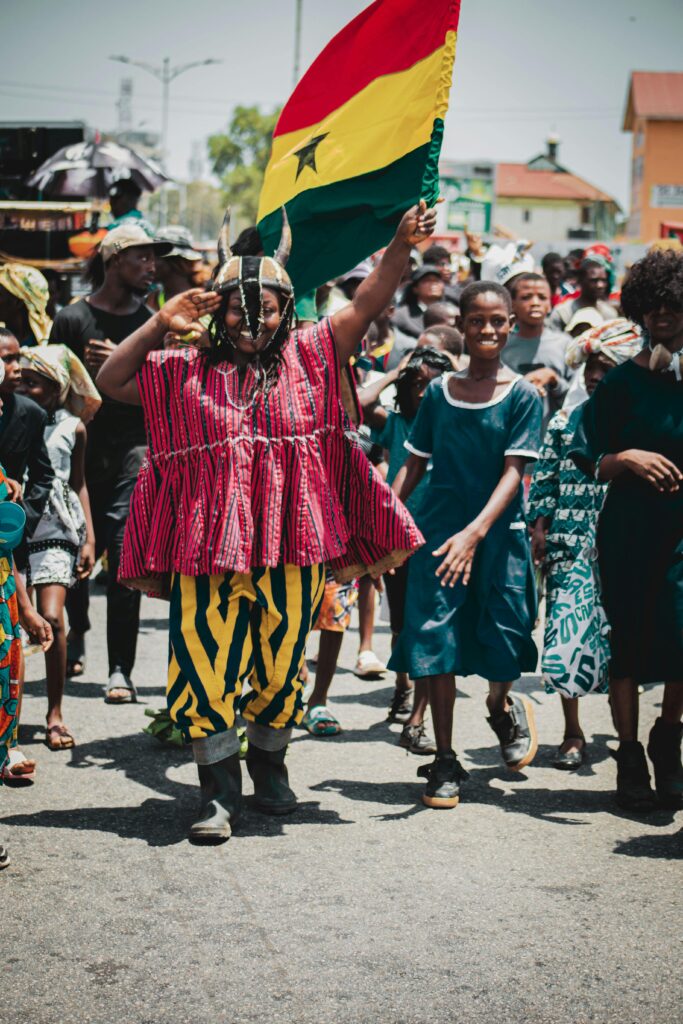
References
- Elmore SNC, et al. Radiotherapy resources in Africa: an International Atomic Energy Agency update and analysis of projected needs. Lancet Oncol. 2021 Sep;22(9):e391-e399. doi: 10.1016/S1470-2045(21)00351-X. PMID: 34478675; PMCID: PMC8675892.
- Scott AA, et al. Geographic Accessibility and Availability of Radiotherapy in Ghana. JAMA Netw Open. 2022 Aug 1;5(8):e2226319. doi: 10.1001/jamanetworkopen.2022.26319. PMID: 35951324; PMCID: PMC9372791.
- Abdel-Wahab M, Gondhowiardjo SS, Rosa AA, Lievens Y, El-Haj N, Polo Rubio JA, Prajogi GB, Helgadottir H, Zubizarreta E, Meghzifene A, Ashraf V, Hahn S, Williams T, Gospodarowicz M. Global Radiotherapy: Current Status and Future Directions-White Paper. JCO Glob Oncol. 2021 Jun;7:827-842. doi: 10.1200/GO.21.00029. PMID: 34101482; PMCID: PMC8457786.
- Scott AA, Polo A, Zubizarreta E, Akoto-Aidoo C, Edusa C, Osei-Bonsu E, Yarney J, Dwobeng B, Milosevic M, Rodin D. Geographic Accessibility and Availability of Radiotherapy in Ghana. JAMA Netw Open. 2022 Aug 1;5(8):e2226319. doi: 10.1001/jamanetworkopen.2022.26319. PMID: 35951324; PMCID: PMC9372791.
- Sung H, Ferlay J, Siegel RL, Laversanne M, Soerjomataram I, Jemal A, Bray F. Global Cancer Statistics 2020: GLOBOCAN Estimates of Incidence and Mortality Worldwide for 36 Cancers in 185 Countries. CA Cancer J Clin. 2021 May;71(3):209-249. doi: 10.3322/caac.21660. Epub 2021 Feb 4. PMID: 33538338.
The views contained and expressed in this blog, are those of the author and do not necessarily reflect the views or policies of Accuray Incorporated or its subsidiaries. No official endorsement by Accuray Incorporated or any of its subsidiaries of any vendor, products or services contained in this blog is intended or should be inferred


